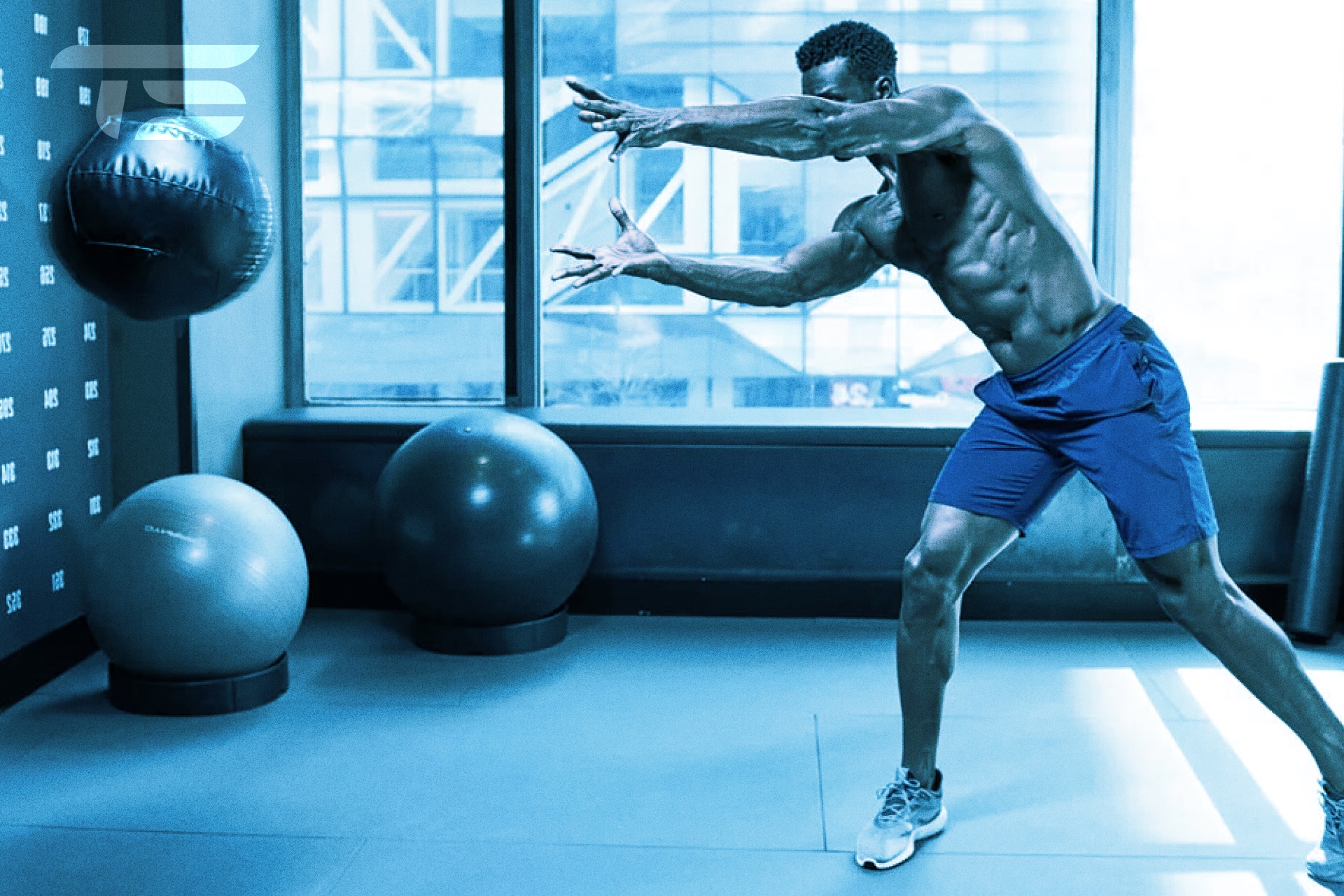How Jump Training Rehab Restores Explosiveness
Explosiveness is often the first quality athletes lose after injury and the last to return. Sports like basketball, volleyball, track, and football demand powerful jumps and sprints, yet pushing too fast into advanced plyometric exercises can increase the risk of setbacks. Plyometric progression offers a structured pathway that allows athletes to rebuild explosive power safely while protecting healing tissues.
Athletes rehabbing from ACL injuries or recovering from foot and ankle pain often need carefully designed progressions to avoid re-injury. At True Sports, our sports performance training and return-to-sport programs are designed to guide this process with evidence-based steps that ensure athletes can regain speed, agility, and explosive confidence.
Key Takeaways
- Research shows that structured plyometric progression reduces re-injury risk by up to 42% in athletes returning from lower limb injuries
- Explosive power training programs improve vertical jump height by an average of 9% after eight weeks in athletes post-rehab
- Jump training rehab shortens return-to-sport timelines by nearly 25% in field athletes following injury
The Science Behind Explosive Power Training
Explosive strength depends on the body’s ability to store and release elastic energy through tendons and muscles. Safe plyometric progression develops this capability by sequencing movement patterns that match the athlete’s healing phase.
When athletes skip progression, they often develop compensations that place extra strain on vulnerable joints. For example, a sprinter returning from hamstring strain who attempts depth jumps too early risks re-injury. Building gradually through phases of controlled loading allows safe restoration of speed and agility.
At True Sports, our physical therapists integrate plyometrics into individualized treatment for conditions like shoulder pain or lower back pain, where safe explosive loading helps athletes complete the final stage of recovery.
Phases of Plyometric Progression
Foundational Phase
Focus on landing mechanics and bilateral bodyweight jumps. Athletes relearn how to absorb force safely while controlling alignment.
Intermediate Phase
Introduce low-intensity plyometric exercises such as line hops, box step-offs, and single-leg pogo jumps. These help strengthen tendons and reinforce controlled explosiveness.
Advanced Phase
Add high-intensity jump training rehab such as depth jumps, broad jumps, and multidirectional bounding. At this stage, athletes develop true explosive power while still under clinical supervision.
Return-to-Sport Phase
Integrate sport-specific drills such as resisted sprints, rotational jump training, and reactive agility exercises. This prepares athletes for the unpredictable demands of competition.
How True Sports Supports Explosive Strength Recovery
Safe explosive power development requires expertise, structured programming, and ongoing monitoring. Our team provides sports performance training and manual therapy to address mobility restrictions that often block safe progression.
Athletes training at our Columbia or Bethesda facilities benefit from Olympic lifting platforms, advanced resistance systems, and one-on-one supervision. This ensures plyometric exercises are introduced at the right time and intensity for each athlete.
Frequently Asked Questions
How soon after injury can I start plyometric progression?
Most athletes begin foundational drills once they demonstrate pain-free strength, stability, and range of motion. The timeline varies by injury and individual recovery.
Which injuries benefit most from plyometric rehab?
ACL reconstruction, ankle sprains, and patellar tendon injuries respond particularly well to structured jump training.
Can plyometrics prevent future injuries?
Yes. Progressive plyometric exercises improve joint stability and neuromuscular control, which reduces injury risk.
Do I need special equipment?
Early phases use only bodyweight. Later stages may require plyo boxes, bands, or medicine balls to replicate sport demands.
How do True Sports programs differ from generic training?
Our team combines physical therapy expertise with sport-specific progressions. Athletes train under professional guidance with regular adjustments for safe return to sport.
Begin Your Plyometric Progression Today
Rebuilding explosiveness after injury is more than jumping higher or running faster. Done correctly, plyometric progression ensures athletes return stronger, safer, and more confident.
Schedule your consultation today or call your nearest location to start your personalized recovery plan.
Maryland Locations:
Pennsylvania Locations:
Delaware Locations:
Wilmington | (302) 433-6832

































































































.jpg)
.jpg)

